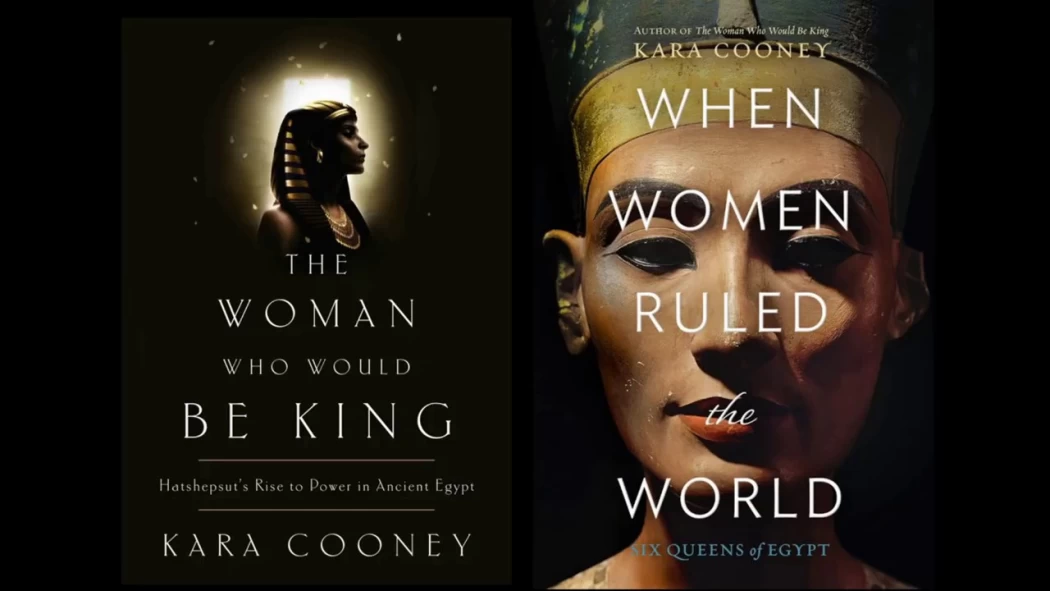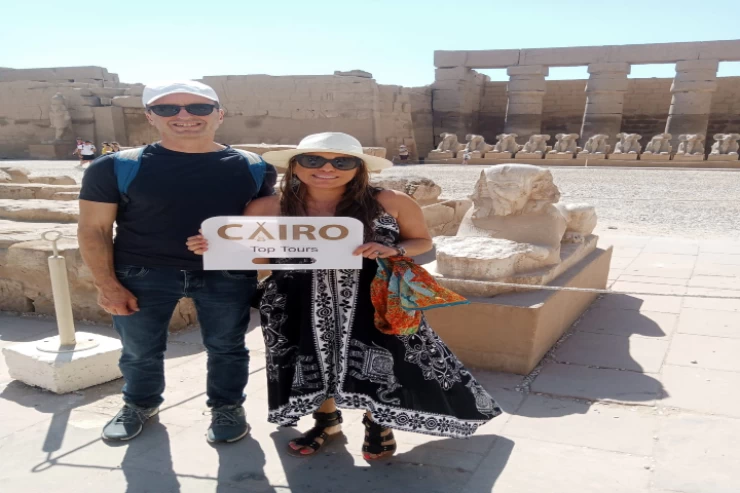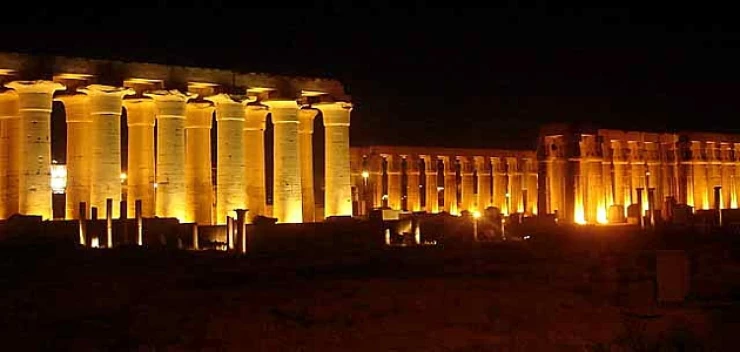
The Role of Women in Ancient Egyptian
The Role of Women in Ancient Egyptian
The Egyptian civilization preceded the civilizations of the Ancient East in women holding high positions in the country. They were a goddess in the complex of gods, a key element in the myth of the creation of the universe, a priestess of Egypt's largest idols, a queen who participated with her husband the king in managing the affairs of the country, a regent, or a queen who ruled alone in the absence of an heir to the throne, in addition to her essential role as a mother and wife.
Women ascended the throne of Egypt or participated in it more than once in political and historical circumstances surrounded by controversy, and carried titles throughout the ages, including “Lady of Upper and Lower Egypt,” “Lady of the Two Lands,” “Protector,” “Scholar,” “Daughter of God,” “Ruler,” “Strong Arm,” “Holding the Two Lands,” and “Lady of Transfiguration,” along with other honorific titles such as “Beautiful Face,” “Great Love,” and “Tenderness.” The titles were given in addition to a host of other honorifics such as “Beautiful Face,” “Great Love,” and “Tenderness.
Beginning in the Second Dynasty, according to the Division of Ancient Egyptian History, “Egyptians decided that women could hold royal office.” The history of ancient Egypt recognized the ascension of women to the throne as a link in the chain of transmission of power to ensure the continuity of the ruling family, and that historians of the modern state, according to the division of the history of ancient Egypt: “They deliberately omitted, for example, the names of Queen Hatshepsut and Queen Tausert from the lists of kings, because they occupied the position of king in circumstances where the succession to the throne was in crisis, and were considered usurpers of the throne.”
Meret Net, Egypt's oldest queen
Scholars of ancient Egyptian history have differed on the matter of Queen Meret Net, due to the distance of the time period and the scarcity of conclusive historical sources regarding her, whether she actually ruled the country alone or was she a co-ruler?
In his study entitled “The History of Ancient Egypt,” French scientist Nicolas Grimald, head of the Chair of Ancient Egypt Studies at the Collège de France and former director of the French Scientific Institute of Oriental Archaeology, says that the fourth king of the First Dynasty, King “Den,” left the memory of a glorious and prosperous royal era, and his reign may have begun with a period in which “Meret Net” ruled as regent.
Scholars have found an inscription bearing her name on a stela in a tomb at Abydos, in addition to her other tomb at Saqqara. Tausert, wife of the two kings. King Seti II, one of the kings of the Nineteenth Dynasty, married a woman named “Tausert” and gave her the title “great wife”, and it seems that she was not of royal lineage, and after his death, a young man named “Ramses-Se Ptah” took over, scholars believe that he may have been a half-brother of Seti II or his son by another wife.
Indeed, Tausert seized power with the help of her trusted sealer Bai, a man said to be of Syrian origin, and seated Ramses-Se Ptah on the throne and married him. Historical documents do not help to know how the years of Ramses-Se Ptah's reign ended, but after his death, Tausert took a list of royal titles for herself, the most important of which are “daughter of Ra” and “beloved of the god Mut,” and ruled the country for years with Bai as her assistant.
















